Home>Gardening & Outdoor>Landscaping Ideas>How To Treat Red Thread In Lawns
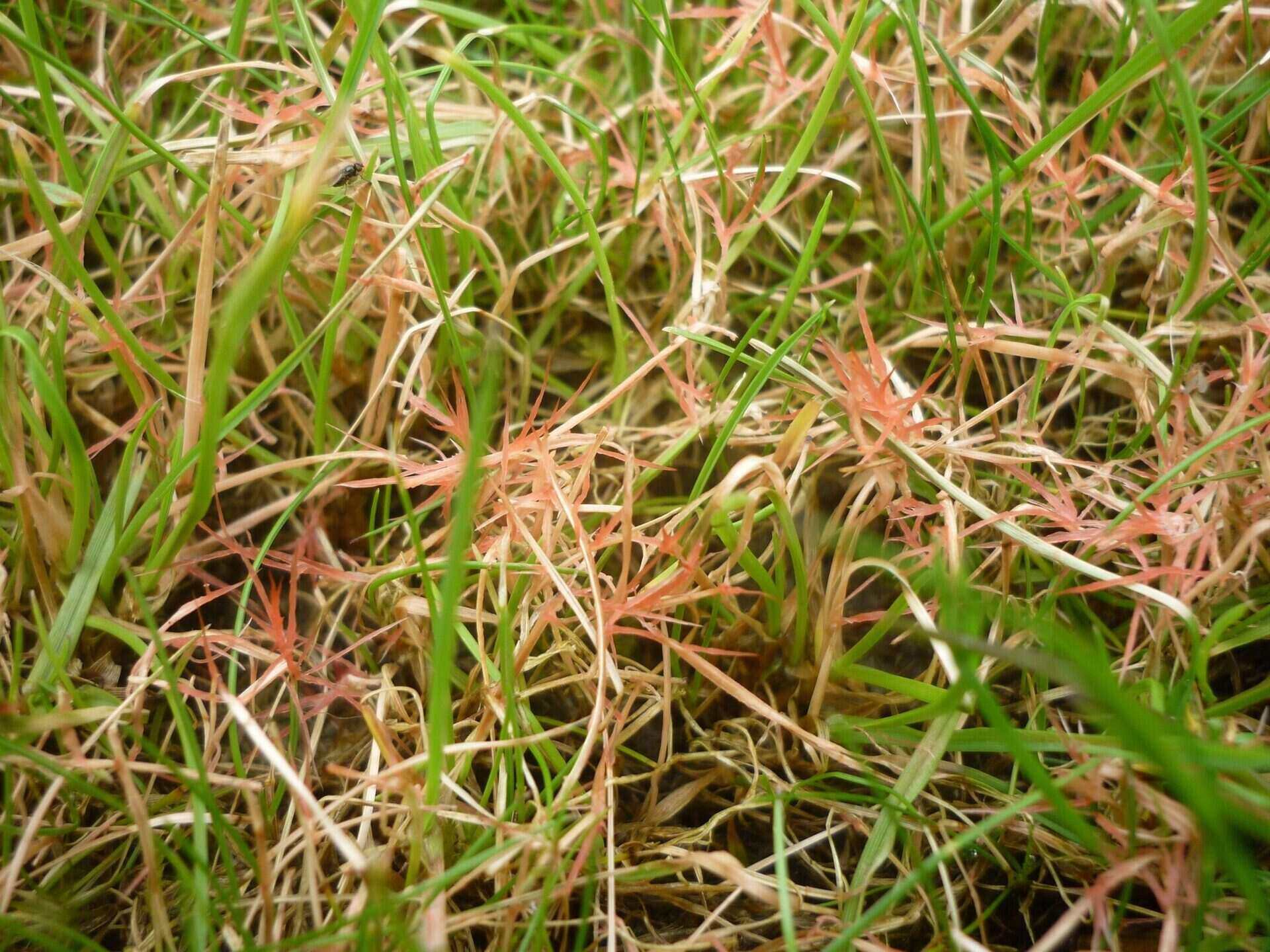

Landscaping Ideas
How To Treat Red Thread In Lawns
Modified: January 9, 2024
Learn effective landscaping ideas to treat red thread in lawns and restore your yard's lush green beauty. Discover expert tips and solutions for tackling this common lawn disease.
(Many of the links in this article redirect to a specific reviewed product. Your purchase of these products through affiliate links helps to generate commission for Storables.com, at no extra cost. Learn more)
Introduction
Read more: What Causes Red Thread In Grass
Understanding Red Thread
Red thread is a common fungal disease that affects lawns, particularly those consisting of fine fescue, perennial ryegrass, and Kentucky bluegrass. This unsightly condition is characterized by the presence of red or pinkish threads extending from the tips of the grass blades, often accompanied by small, tan lesions. While red thread does not typically result in permanent damage to the grass, it can significantly detract from the overall aesthetic appeal of the lawn.
In this comprehensive guide, we will delve into the intricacies of red thread, exploring its causes, identifying markers, and the most effective strategies for prevention and treatment. By understanding the environmental conditions that foster red thread, implementing proper cultural practices, and considering chemical and organic treatment options, you can effectively combat this pesky lawn ailment and restore your outdoor space to its former lush green glory.
So, let's embark on this enlightening journey to uncover the mysteries of red thread and equip ourselves with the knowledge and tools needed to combat this fungal foe.
Read more: What Causes Red Thread In Grass
Understanding Red Thread
Red thread, scientifically known as Laetisaria fuciformis, is a fungal disease that commonly affects turfgrasses in residential lawns, golf courses, and athletic fields. This condition thrives in cool, moist environments and is particularly prevalent during the spring and fall when temperatures range between 60-75°F (15-24°C). The fungus infects the grass blades, leading to the development of distinctive red or pink mycelium threads that extend from the tips, giving the disease its name.
While red thread is primarily a cosmetic concern and does not typically result in permanent damage to the grass crowns or roots, severe or recurring infections can weaken the turf, making it more susceptible to other stressors such as drought, extreme temperatures, or other diseases. Understanding the factors that contribute to the onset of red thread is crucial in implementing effective preventive measures and treatment strategies.
The next sections will delve into the identification of red thread in lawns and the environmental conditions that foster its development. By gaining a comprehensive understanding of these aspects, you will be better equipped to combat red thread and maintain a healthy, vibrant lawn.
Identifying Red Thread in Lawns
Recognizing the early signs of red thread is essential for prompt intervention and effective management. When inspecting your lawn, look for grass blades that exhibit pink or red thread-like structures extending from the tips, often accompanied by small, tan lesions. These visual indicators are key identifiers of red thread infestation.
Furthermore, affected areas may appear wilted or have a somewhat water-soaked appearance, indicating the presence of the fungus. As the disease progresses, patches of the lawn may take on a bleached or straw-like appearance, signaling the prolonged impact of red thread on the affected turfgrass.
It is important to distinguish red thread from other lawn diseases such as pink patch or dollar spot, as their treatment approaches may differ. Consulting with a professional or utilizing online resources with detailed images can aid in accurate identification.
Regular monitoring and proactive inspection of your lawn will enable you to detect red thread at its onset, allowing for timely intervention to prevent its spread and minimize its impact on the overall health and appearance of your lawn.
Environmental Conditions Conducive to Red Thread
Red thread thrives in environments characterized by cool, moist conditions, making it particularly prevalent during the spring and fall seasons. The following environmental factors contribute to the development and proliferation of red thread in lawns:
- Temperature: Red thread is most active when temperatures range between 60-75°F (15-24°C). These moderate temperatures provide an ideal climate for the fungus to flourish, leading to the manifestation of red thread in turfgrasses.
- Moisture: Excessive moisture, whether from prolonged rainfall, overwatering, or high humidity, creates a conducive environment for red thread development. Poor drainage and waterlogged soil further exacerbate the situation, promoting the growth and spread of the fungal disease.
- Nutrient Imbalance: Lawns deficient in essential nutrients, particularly nitrogen, are more susceptible to red thread. An imbalance in soil nutrients can weaken the grass, making it more prone to fungal infections and other stressors.
- Shaded Areas: Lawns with limited sunlight and air circulation are at a higher risk of red thread infestation. Shaded areas retain moisture for longer periods, creating an environment conducive to fungal growth and disease development.
By understanding these environmental conditions, you can implement targeted strategies to mitigate their impact and create an inhospitable environment for red thread. The next sections will explore cultural practices, chemical treatment options, and organic remedies to effectively prevent and manage red thread in lawns.
Read more: How To Treat Thatch In Lawns
Cultural Practices to Prevent Red Thread
Implementing proper cultural practices is fundamental in preventing and managing red thread in lawns. By adopting the following strategies, you can create an environment that discourages the development and spread of this fungal disease:
- Mowing Techniques: Maintain the recommended mowing height for your specific grass type to promote strong, healthy turf. Regular mowing at the appropriate height helps reduce moisture retention and minimizes stress on the grass, contributing to its resilience against red thread.
- Proper Watering: Water your lawn deeply and infrequently to encourage deep root growth and minimize surface moisture, which can create an ideal habitat for red thread. Water in the early morning to allow the grass to dry during the day, reducing the risk of fungal growth.
- Aerating and Dethatching: Periodic core aeration and dethatching help improve soil drainage and air circulation, reducing moisture retention and creating an inhospitable environment for red thread and other fungal diseases.
- Soil Nutrient Management: Conduct soil tests to assess nutrient levels and pH balance. Adjust fertilizer applications based on the results to ensure optimal nutrient levels, particularly nitrogen, which plays a crucial role in turfgrass health and resilience against red thread.
- Promoting Sunlight and Air Circulation: Prune overhanging branches and thin out dense foliage to allow adequate sunlight and air movement across the lawn. Increased sunlight and air circulation help reduce moisture retention and inhibit fungal growth.
- Maintenance of Garden Tools: Keep lawn care equipment clean and sharp to prevent the spread of fungal spores. Disinfecting tools after use in affected areas can help prevent the transmission of red thread to healthy sections of the lawn.
By integrating these cultural practices into your lawn care routine, you can create an environment that discourages the onset and progression of red thread, fostering a healthy and resilient turfgrass that is better equipped to withstand potential fungal threats.
To treat red thread in lawns, improve soil drainage, avoid excessive nitrogen fertilization, and mow when the grass is dry. Consider applying fungicides if the problem persists.
Chemical Treatment Options
When cultural practices alone are insufficient to control red thread infestations, chemical treatments can provide an effective solution. It is important to note that chemical control should be approached with caution, and the use of pesticides should comply with local regulations and guidelines. Here are some common chemical treatment options for managing red thread in lawns:
- Fungicides: Selective fungicides formulated to target red thread can be applied to affected areas according to the manufacturer’s instructions. These products can help suppress the spread of the fungal disease and promote the recovery of the turfgrass. It is essential to choose a fungicide specifically designed for red thread and to follow application guidelines meticulously.
- Nutrient Supplements: In some cases, supplementing the lawn with nitrogen-rich fertilizers can aid in the recovery from red thread. Nitrogen promotes vigorous growth and helps the grass outcompete the fungus. However, it is crucial to avoid excessive nitrogen applications, as this can lead to further susceptibility to fungal diseases.
- Professional Application: Engaging the services of a professional lawn care company can provide access to specialized treatments and application techniques. Professionals can assess the extent of the red thread infestation and recommend targeted chemical treatments to effectively manage the issue.
Prior to initiating any chemical treatment, it is advisable to consult with a local extension service or a qualified lawn care professional to determine the most suitable approach for your specific lawn and to ensure compliance with local regulations regarding pesticide use.
While chemical treatments can be effective in combating red thread, it is important to consider the potential impact on the environment and beneficial organisms in the lawn. When used responsibly and in conjunction with cultural practices, chemical treatments can play a valuable role in restoring the health and vitality of your lawn.
Organic Treatment Options
For those seeking natural and environmentally friendly alternatives to chemical treatments, several organic options can effectively manage red thread in lawns. These organic remedies prioritize the health of the soil and the overall ecosystem while addressing the fungal disease. Here are some organic treatment options to consider:
- Enhancing Soil Health: Focus on improving soil health through the application of organic matter such as compost or well-decomposed manure. Healthy soil promotes strong, resilient turfgrass that is better equipped to withstand and recover from red thread infestations.
- Microbial Inoculants: Beneficial microorganisms can be introduced to the soil to enhance its natural defense mechanisms against fungal diseases. Microbial inoculants containing beneficial bacteria and fungi can help suppress the growth of red thread and contribute to a balanced and resilient lawn ecosystem.
- Biostimulants: Organic biostimulants derived from natural sources such as seaweed or humic substances can bolster the turfgrass’s natural defenses and promote overall health. Biostimulants enhance the grass’s ability to resist and recover from stressors, including fungal infections like red thread.
- Cultural Practices: Emphasize cultural practices that align with organic lawn care principles, such as proper mowing, watering, and soil management. These practices promote a healthy, balanced lawn ecosystem that is less susceptible to red thread and other diseases.
- Organic Fungicides: Explore the use of organic fungicides derived from natural ingredients such as neem oil, garlic, or copper. These products can help manage red thread while minimizing the impact on beneficial organisms and the environment.
By integrating these organic treatment options into your lawn care regimen, you can effectively manage red thread while nurturing a thriving and sustainable lawn ecosystem. Organic approaches prioritize long-term soil and plant health, contributing to the resilience of the turfgrass against fungal diseases and other stressors.
Conclusion
As we conclude our exploration of red thread in lawns, it is evident that understanding the causes, identifying the symptoms, and implementing effective preventive and treatment measures are essential for maintaining a healthy and vibrant lawn. Red thread, characterized by its distinctive red or pink mycelium threads and small lesions on grass blades, thrives in cool, moist environments and can detract from the overall aesthetic appeal of the turfgrass.
By recognizing the environmental conditions conducive to red thread, including moderate temperatures, excessive moisture, and nutrient imbalances, homeowners can adopt cultural practices to create an inhospitable environment for the fungal disease. Proper mowing, watering, aeration, and soil nutrient management play pivotal roles in preventing and managing red thread infestations.
Chemical treatment options, including selective fungicides and nutrient supplements, can provide effective solutions when cultural practices alone are insufficient. However, it is essential to exercise caution and adhere to local regulations regarding pesticide use. Organic treatment options offer natural and environmentally friendly alternatives, focusing on enhancing soil health, introducing beneficial microorganisms, and utilizing organic fungicides to manage red thread while promoting a balanced and resilient lawn ecosystem.
By integrating these strategies and maintaining a proactive approach to lawn care, homeowners can effectively combat red thread and nurture a lush, healthy lawn that is better equipped to withstand potential fungal threats and environmental stressors.
As you embark on your journey to protect and enhance your lawn, remember that early detection, regular monitoring, and a holistic approach to lawn care are key elements in achieving long-term success. By leveraging the insights and strategies presented in this guide, you can equip yourself with the knowledge and tools needed to conquer red thread and cultivate a thriving outdoor oasis for years to come.
Frequently Asked Questions about How To Treat Red Thread In Lawns
Was this page helpful?
At Storables.com, we guarantee accurate and reliable information. Our content, validated by Expert Board Contributors, is crafted following stringent Editorial Policies. We're committed to providing you with well-researched, expert-backed insights for all your informational needs.
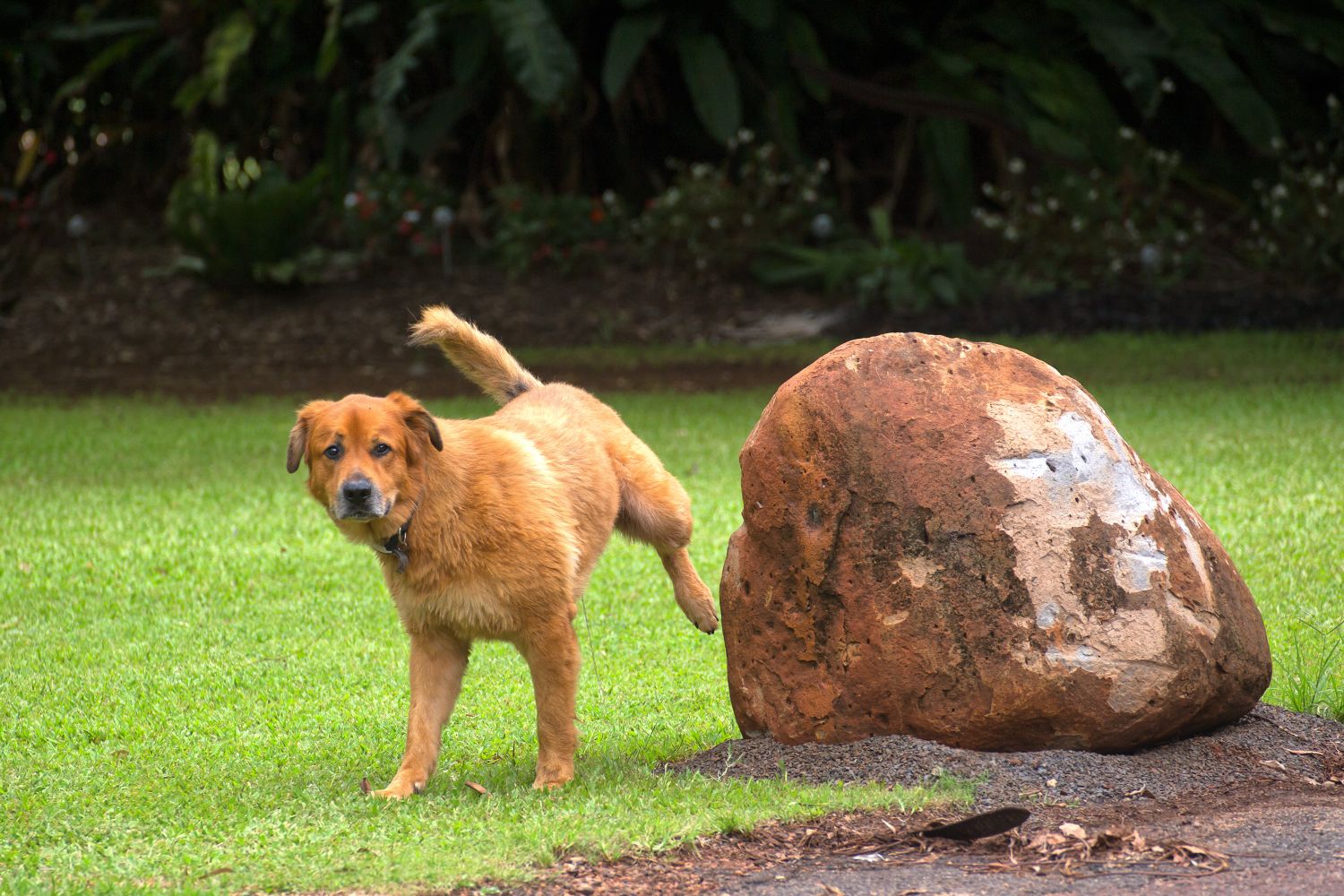
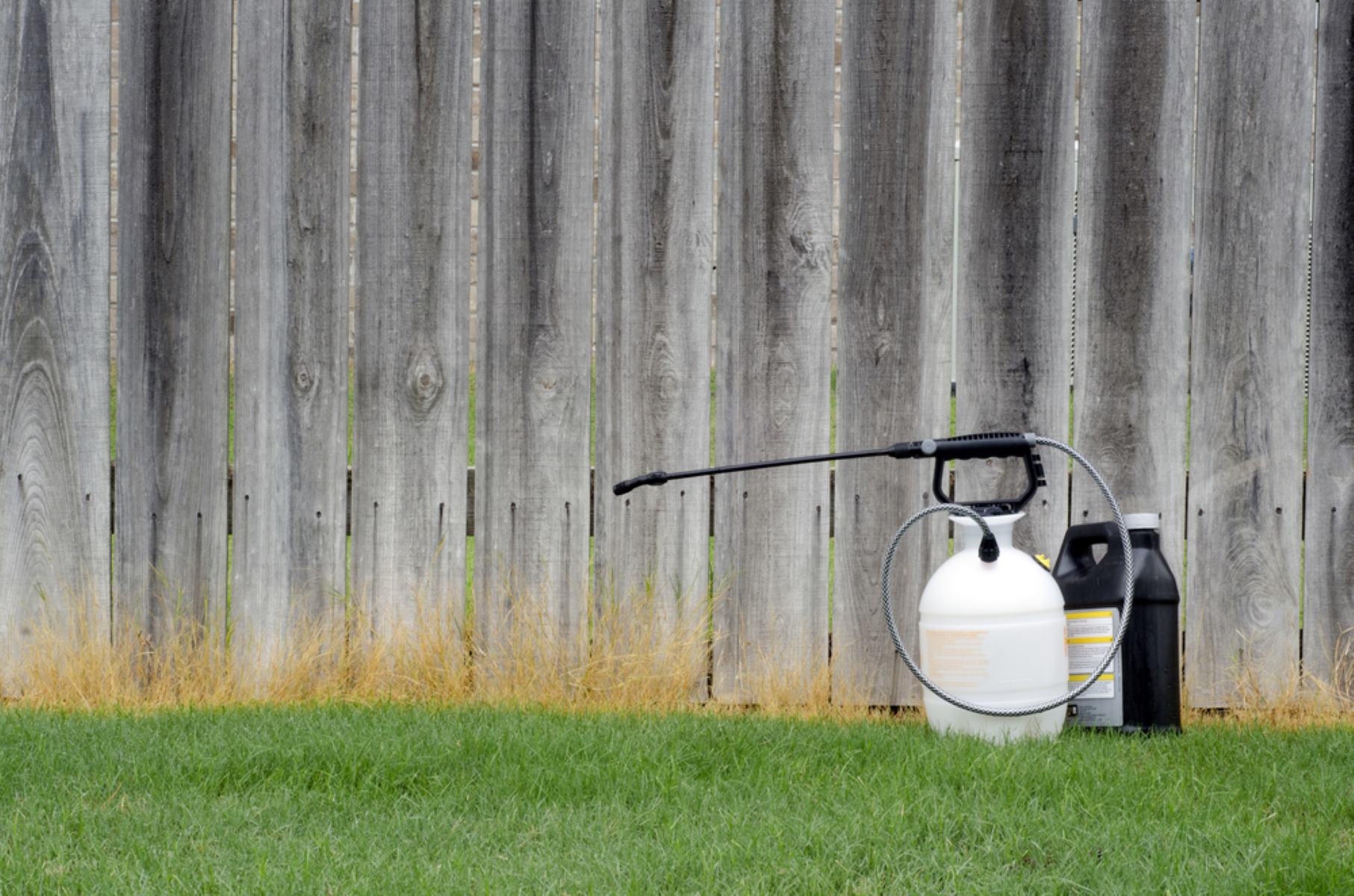
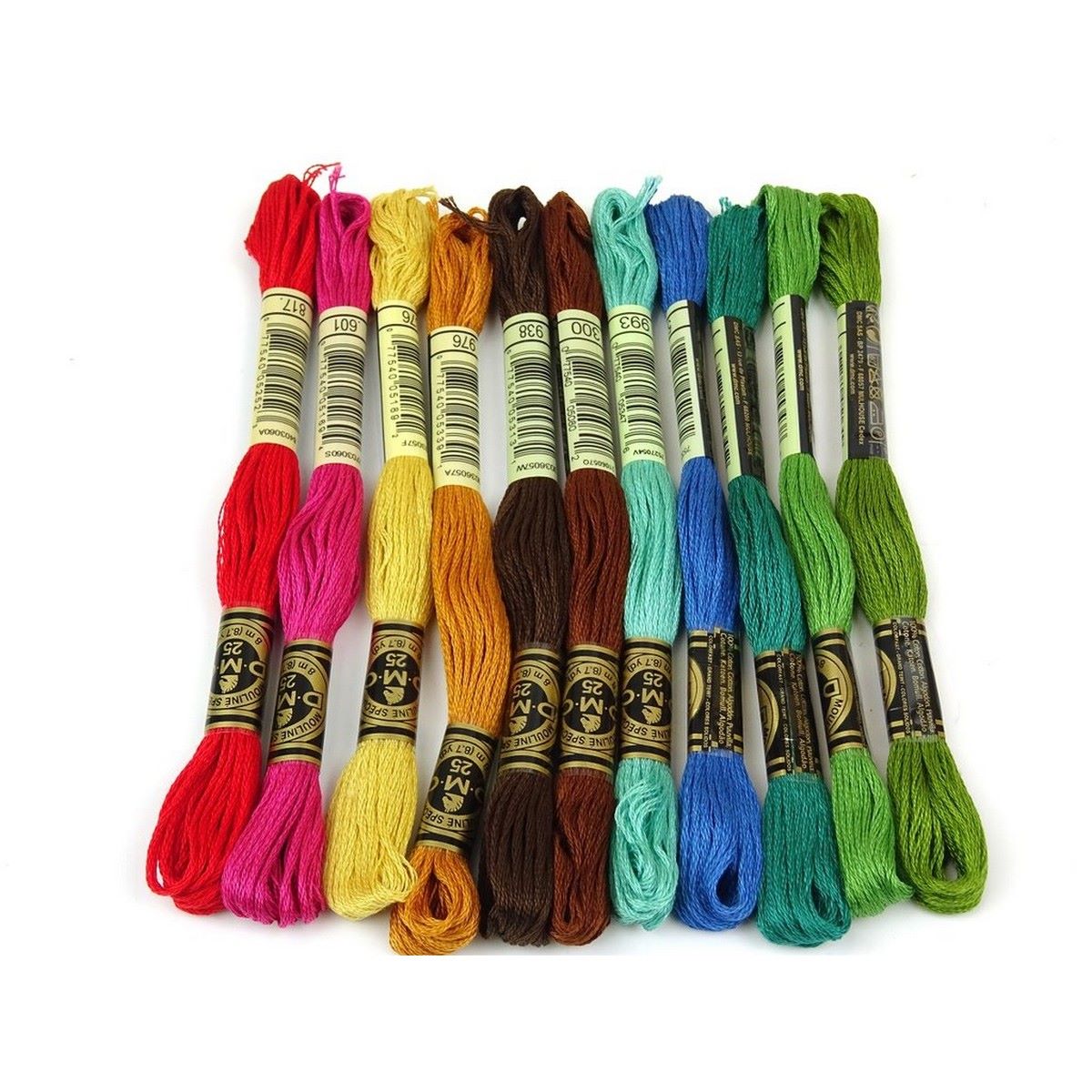
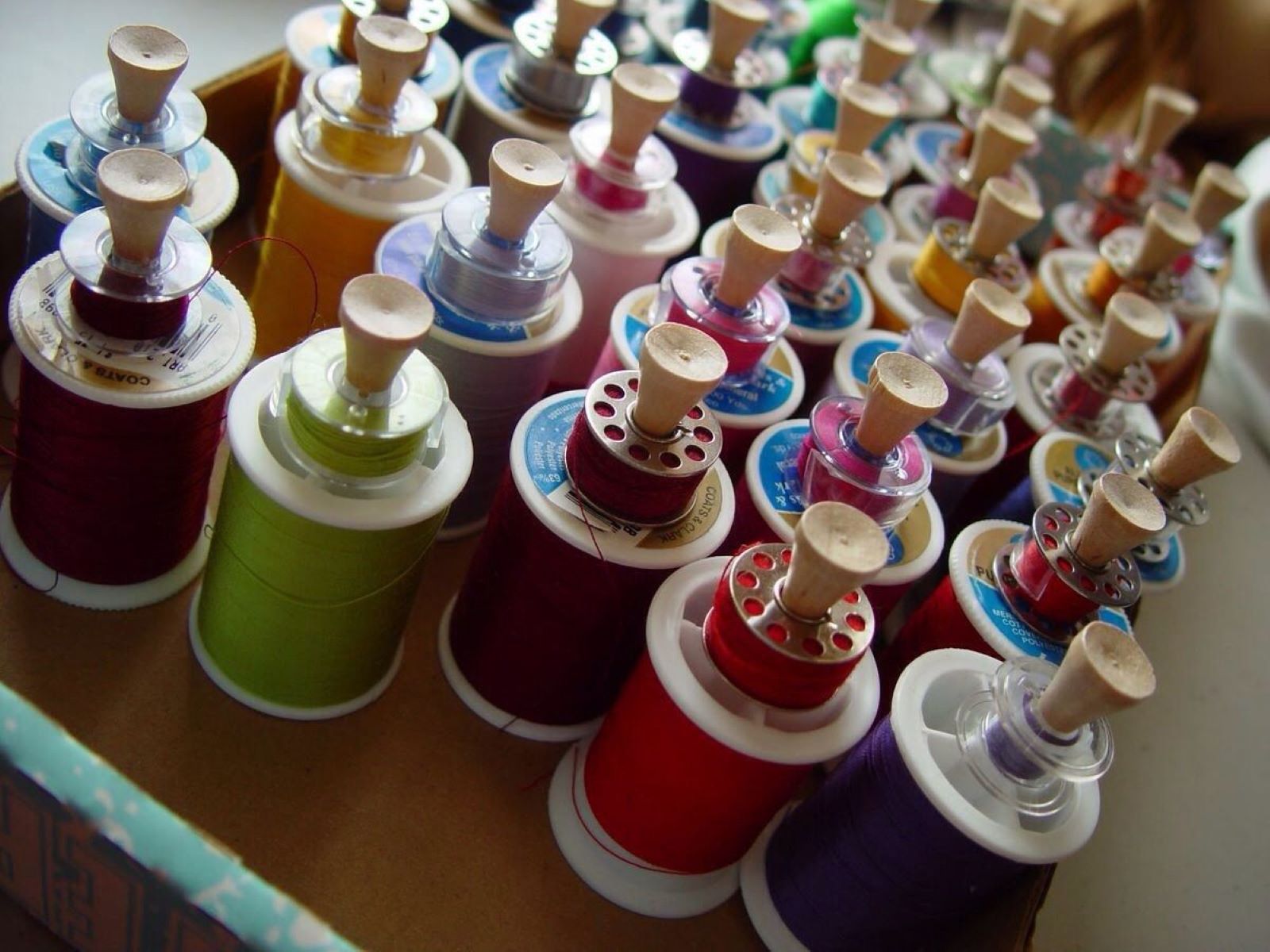
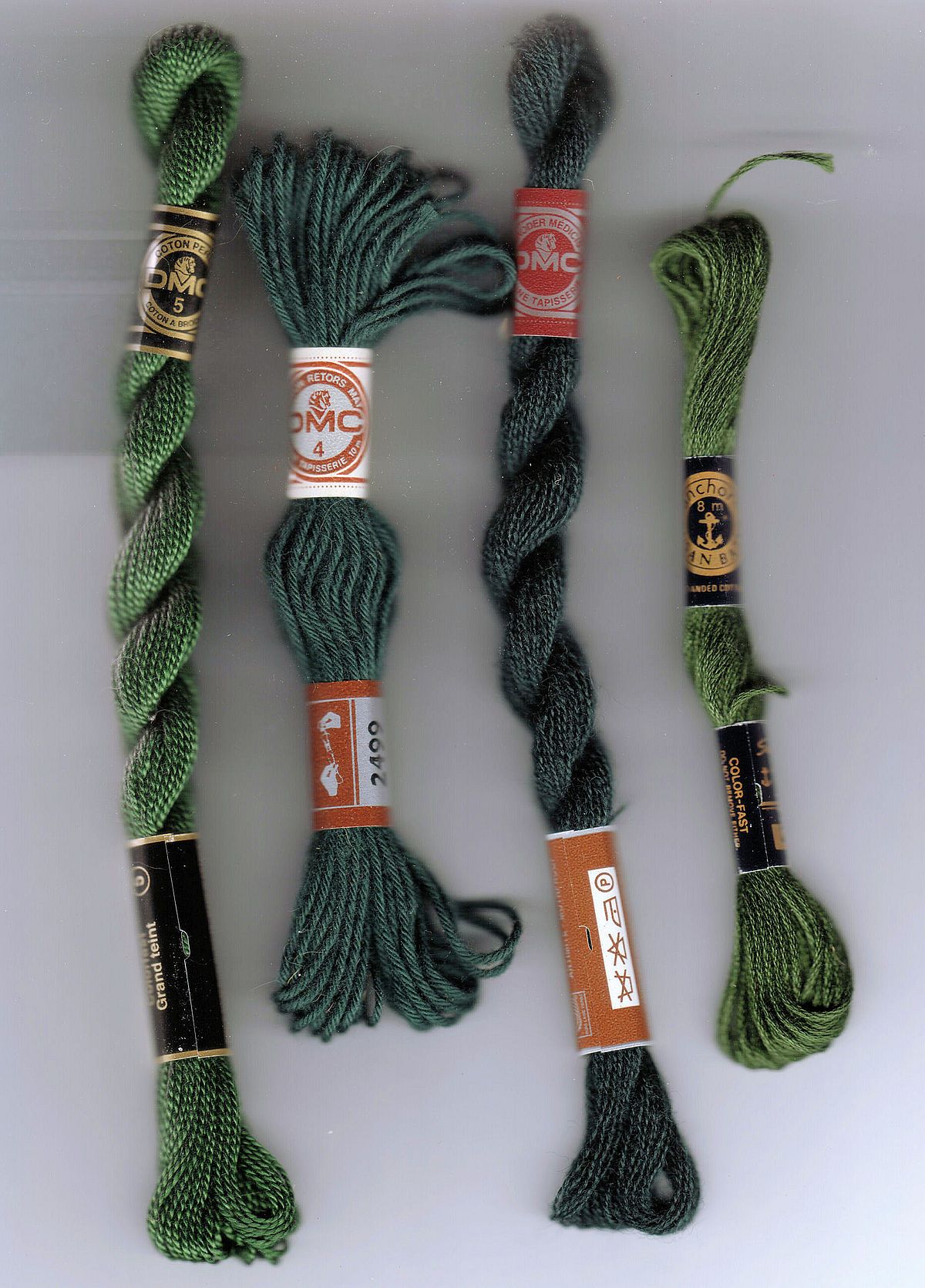
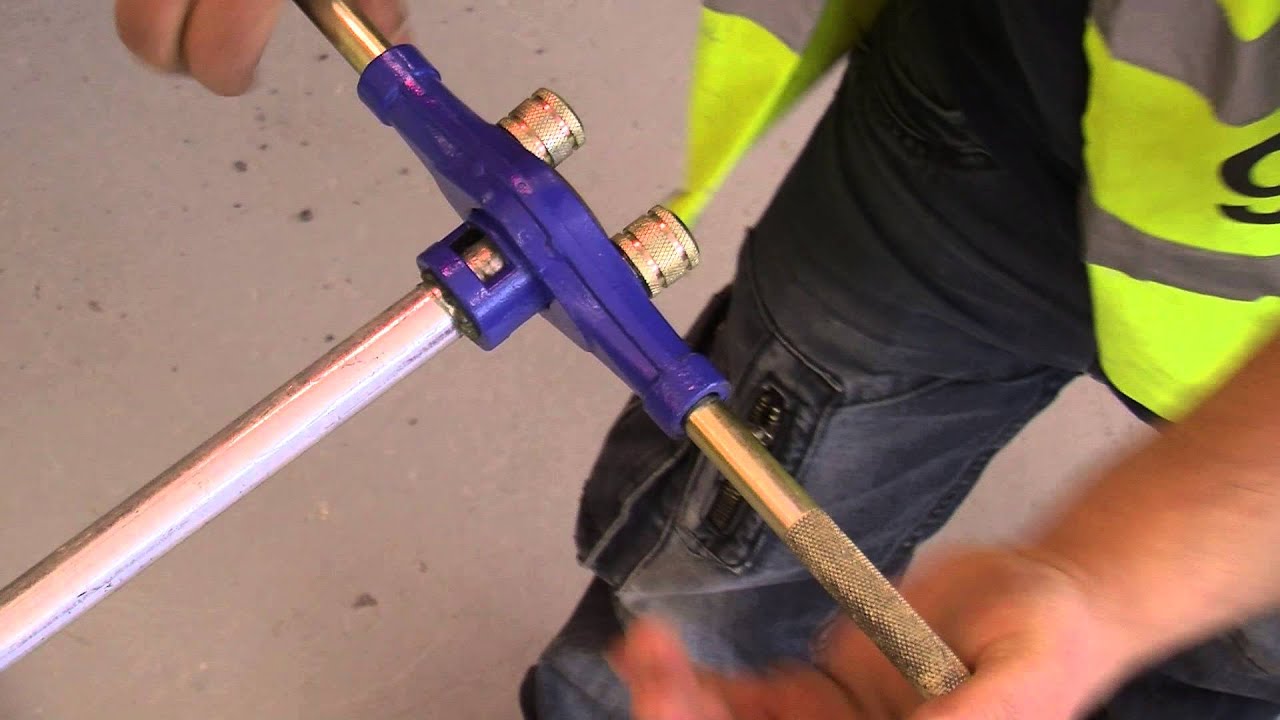
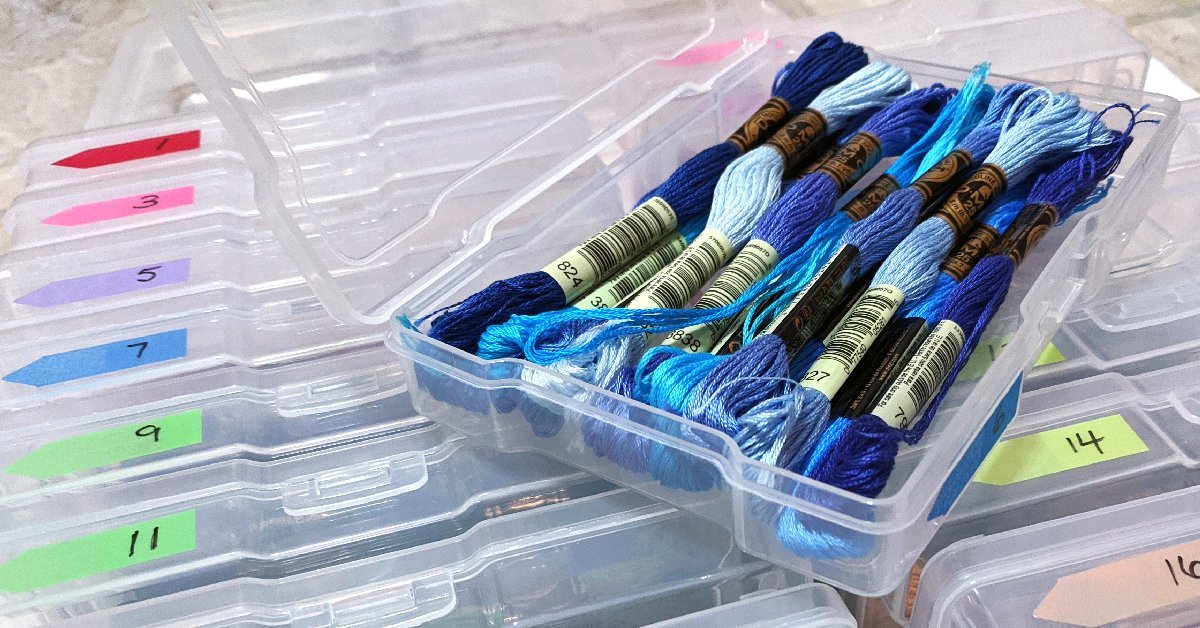
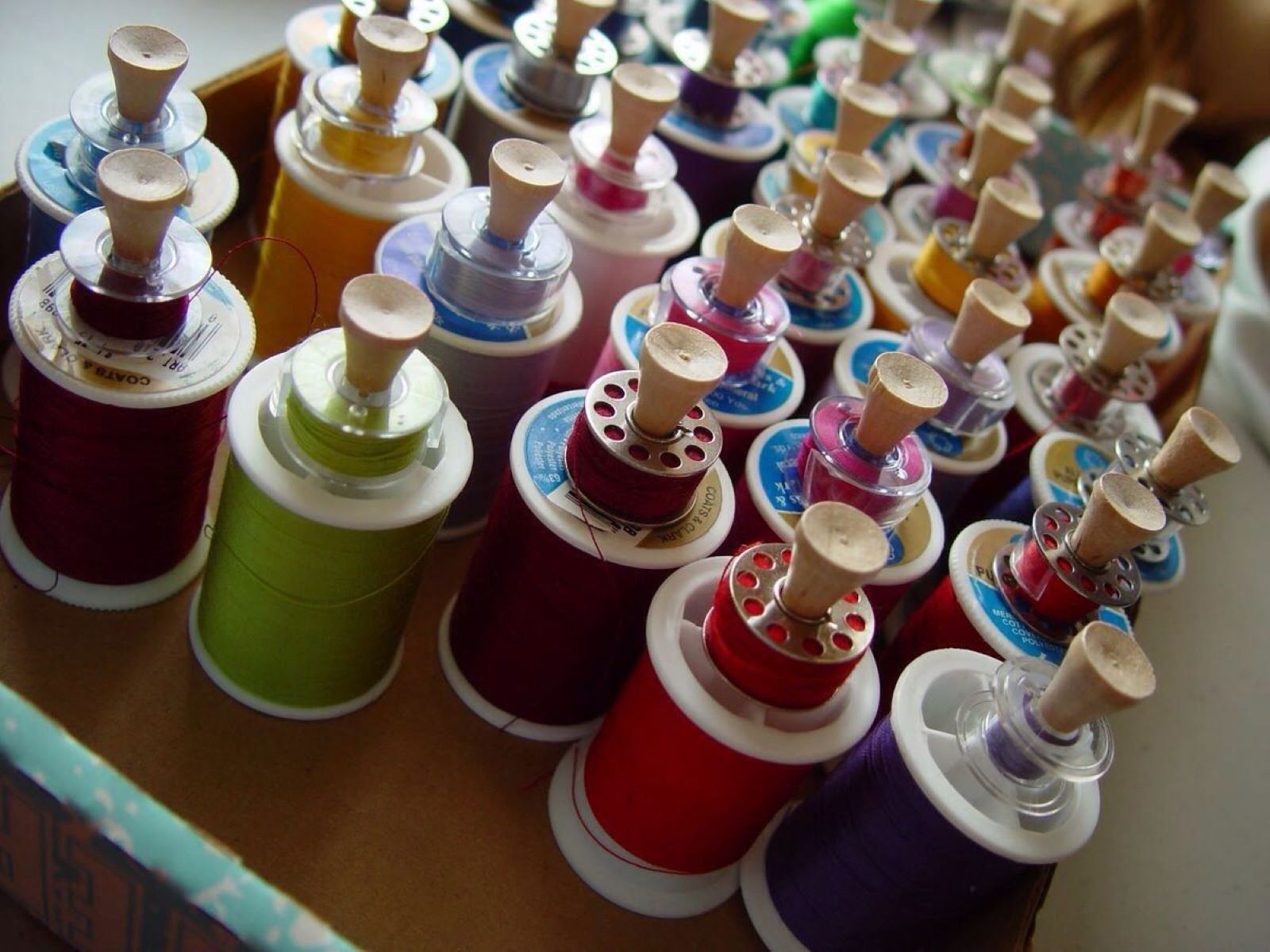
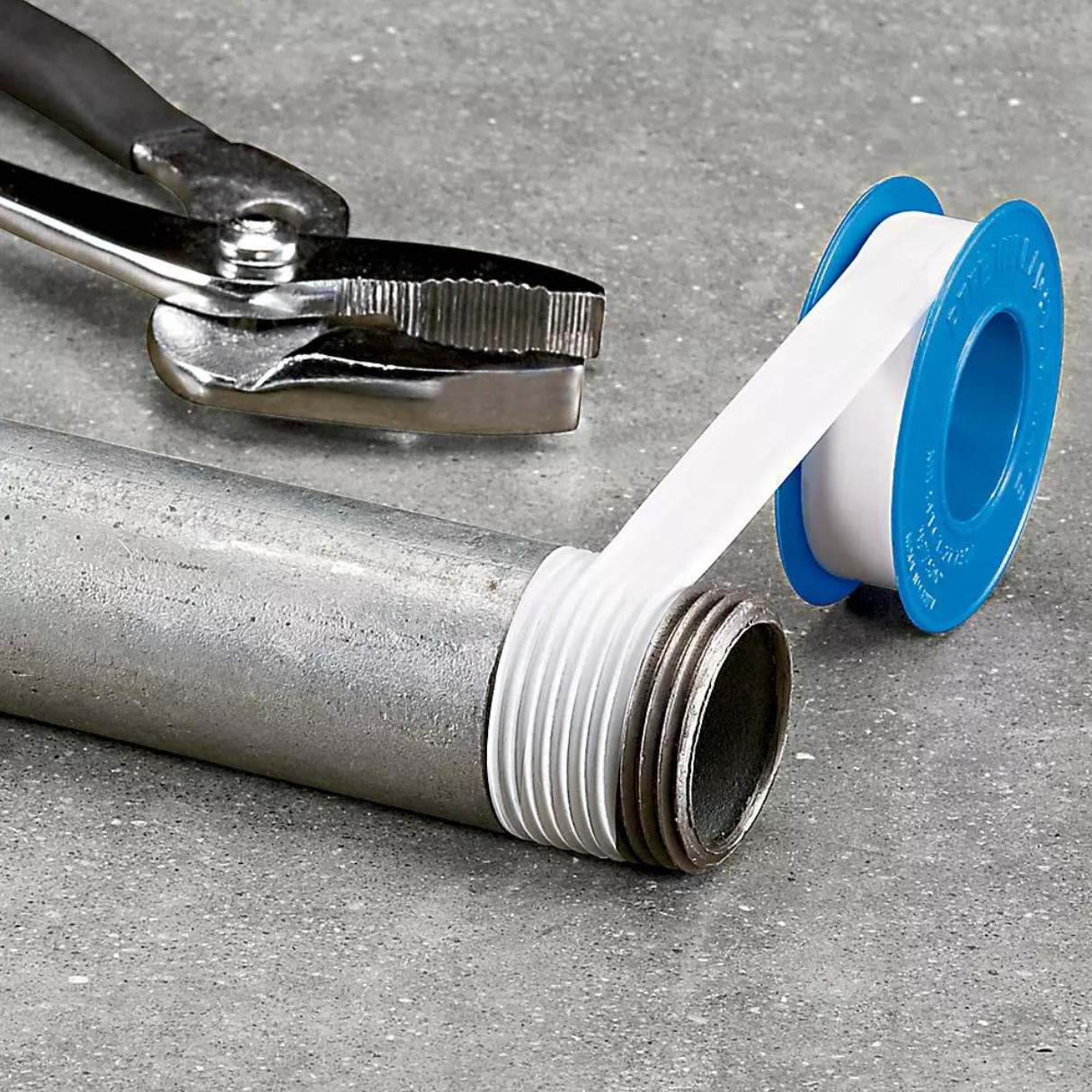
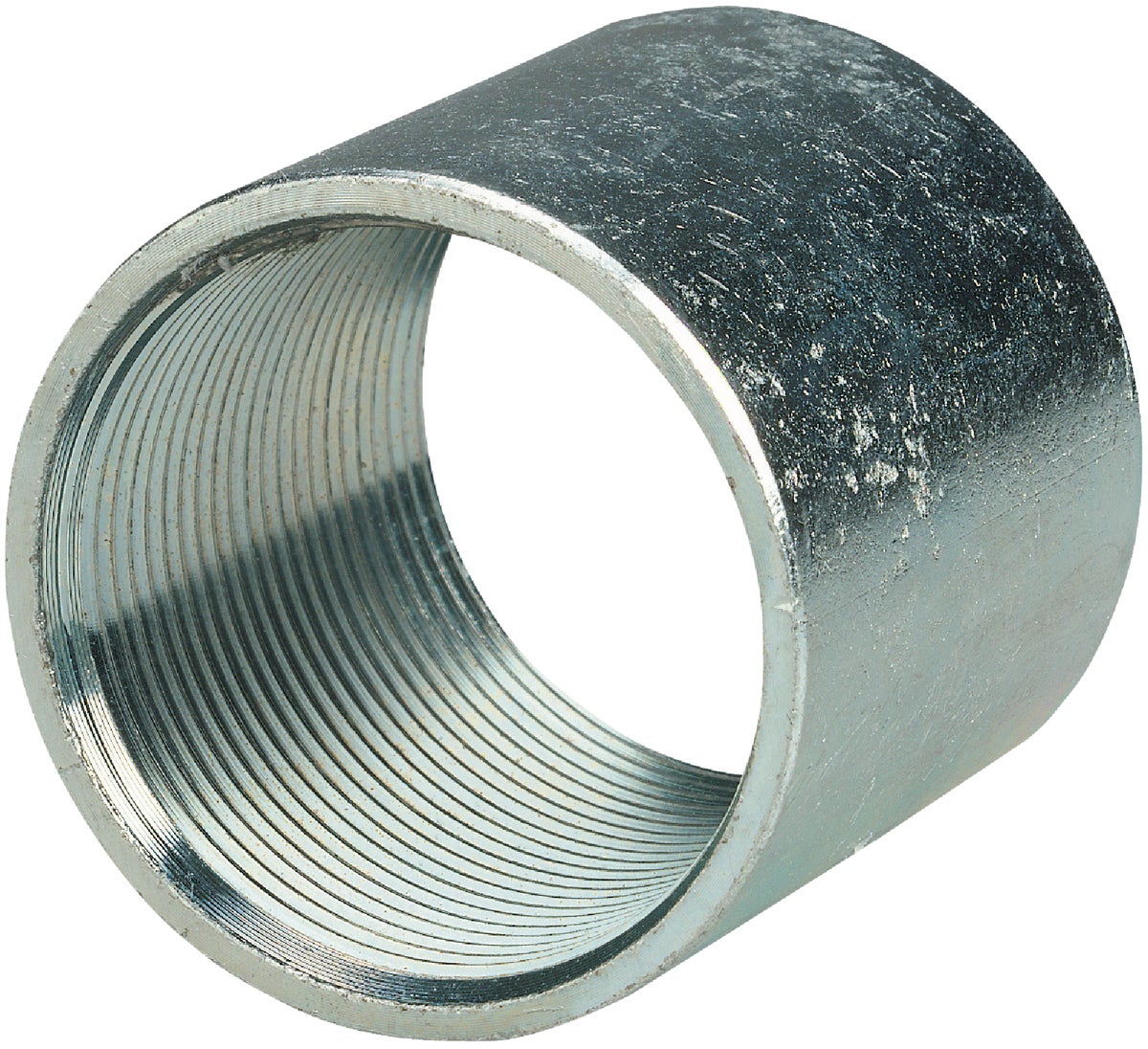
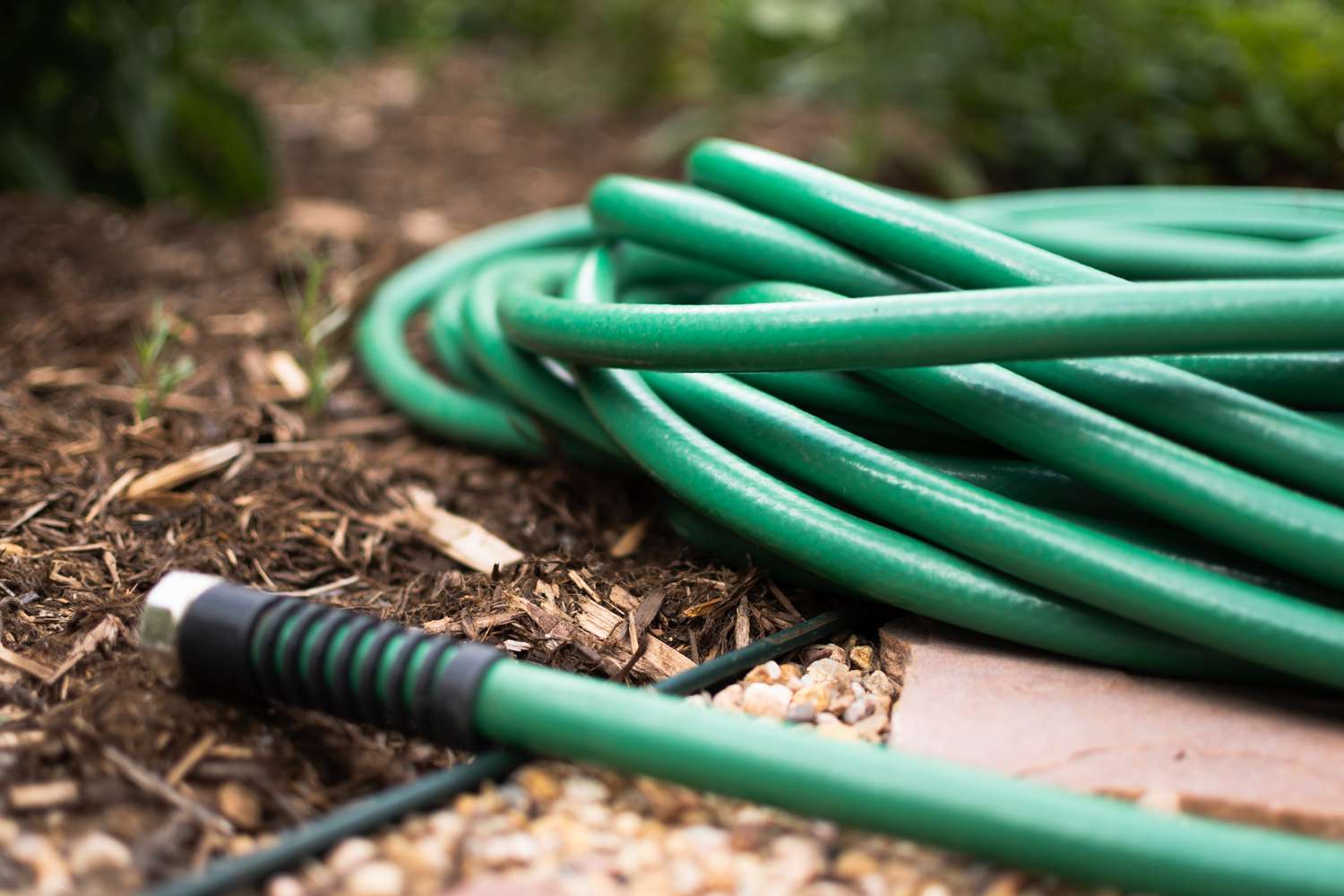
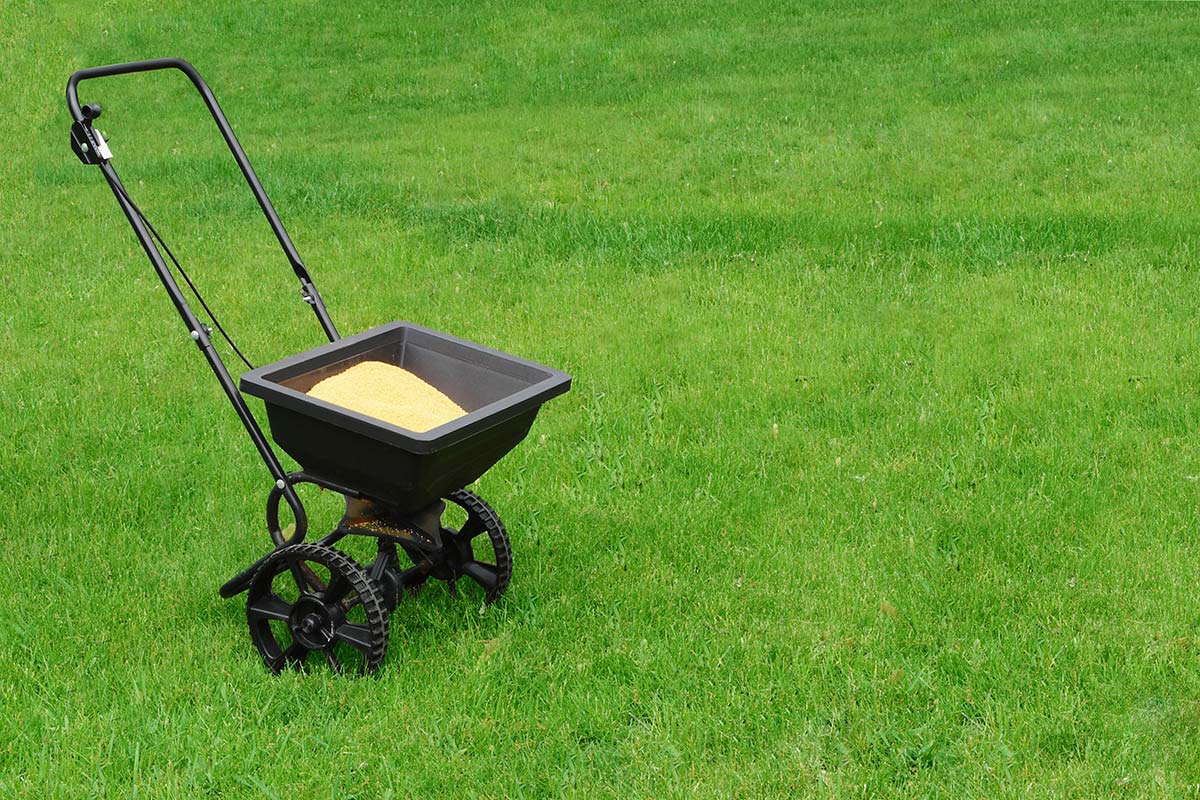
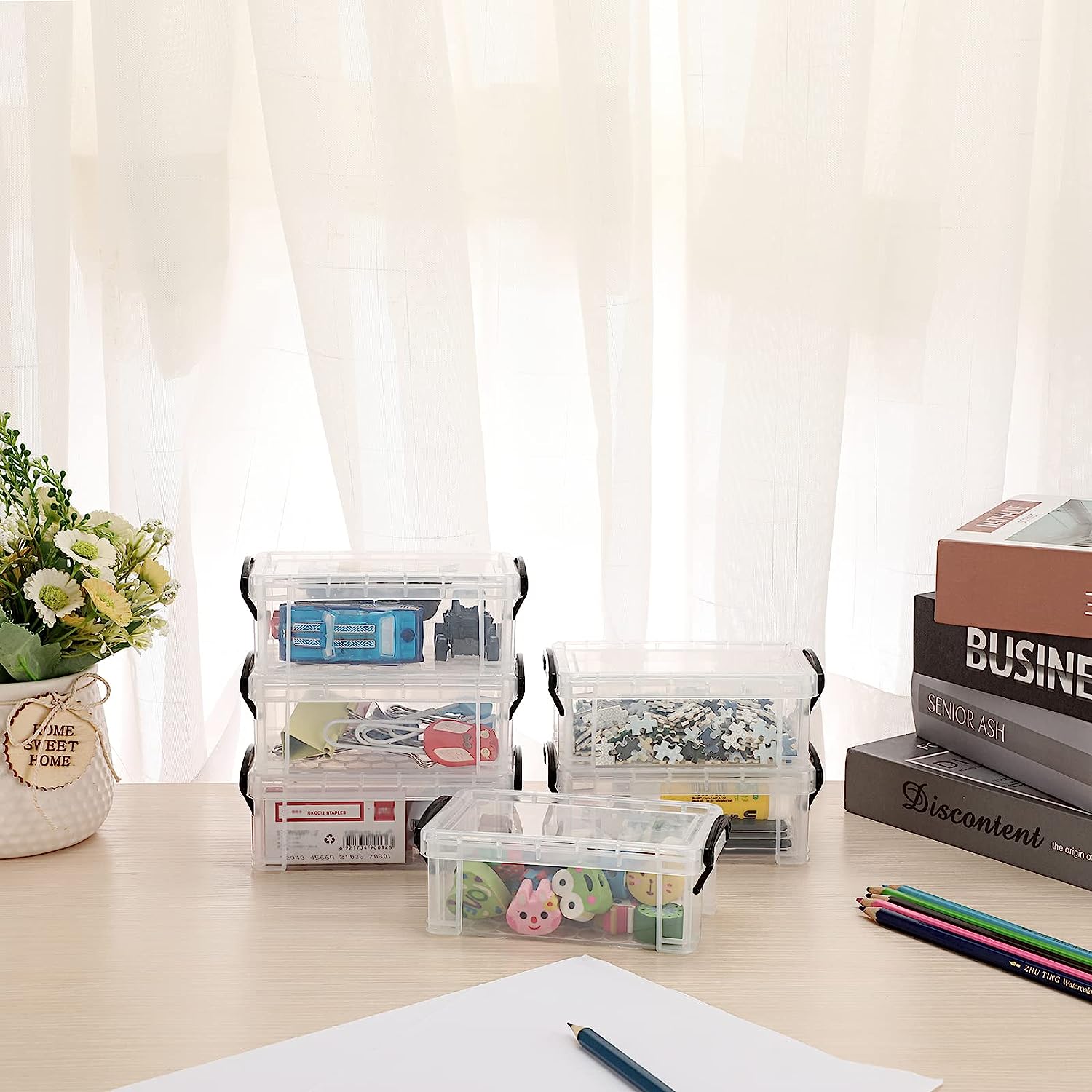
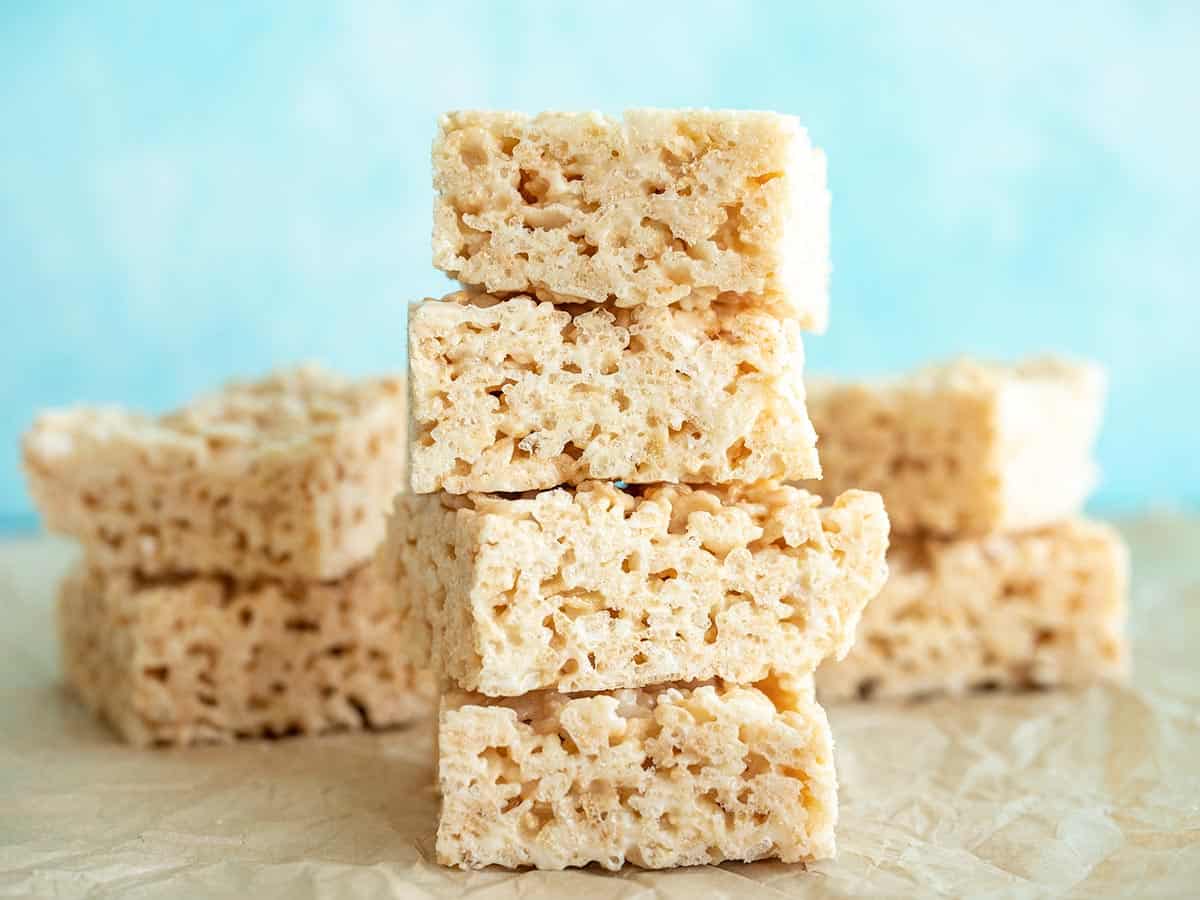

0 thoughts on “How To Treat Red Thread In Lawns”